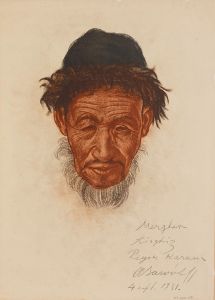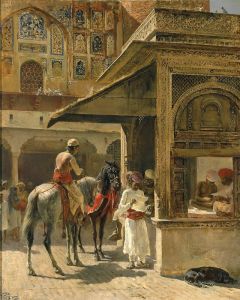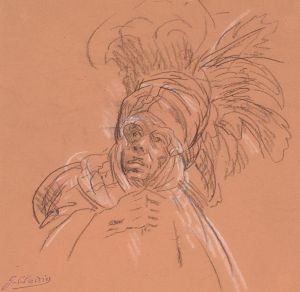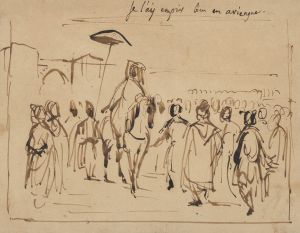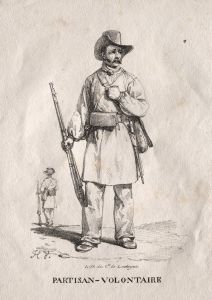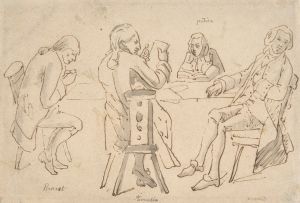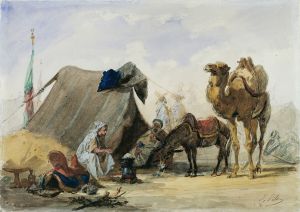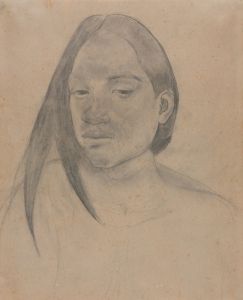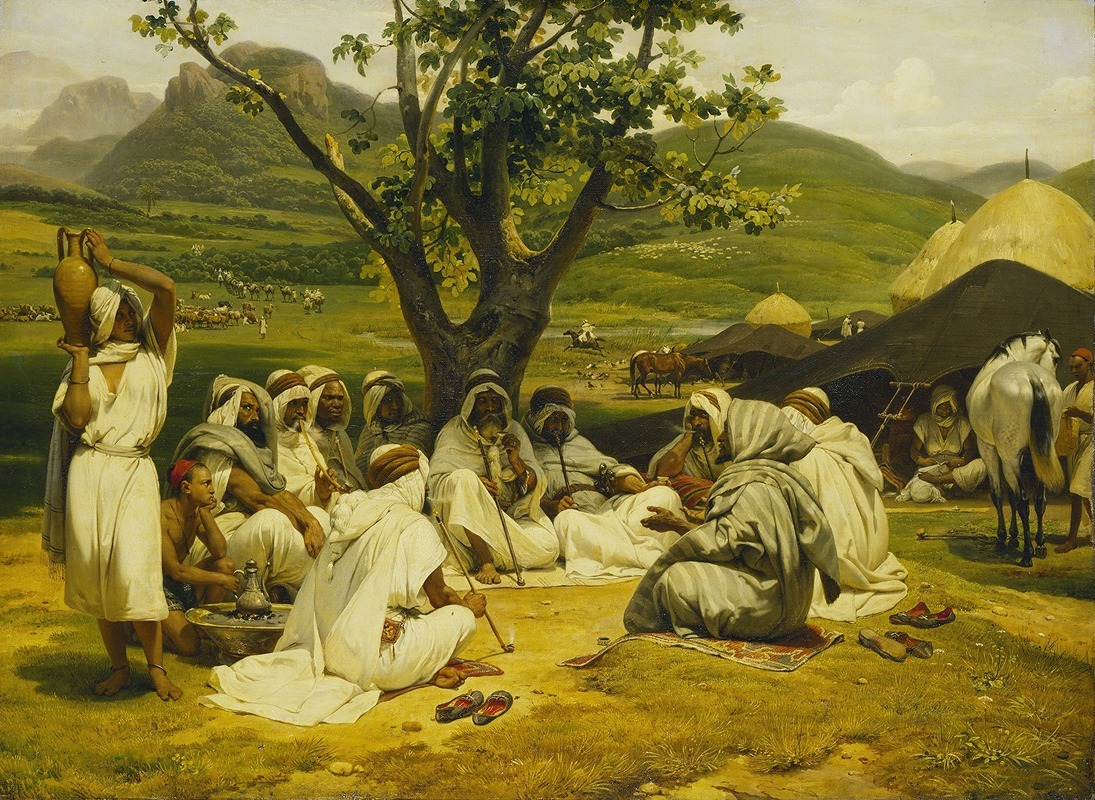
The Arab Tale-teller
A hand-painted replica of Horace Vernet’s masterpiece The Arab Tale-teller, meticulously crafted by professional artists to capture the true essence of the original. Each piece is created with museum-quality canvas and rare mineral pigments, carefully painted by experienced artists with delicate brushstrokes and rich, layered colors to perfectly recreate the texture of the original artwork. Unlike machine-printed reproductions, this hand-painted version brings the painting to life, infused with the artist’s emotions and skill in every stroke. Whether for personal collection or home decoration, it instantly elevates the artistic atmosphere of any space.
Horace Vernet's The Arab Tale-teller is a painting created in 1833 by the French artist Émile Jean-Horace Vernet (1789–1863). Vernet was a prominent painter of the Romantic period, known for his depictions of historical scenes, military subjects, and Orientalist themes. This particular work reflects Vernet's interest in the cultures and landscapes of the Middle East and North Africa, a fascination shared by many European artists of the 19th century.
The painting portrays a group of Arab men gathered in a desert setting, listening intently to a storyteller. The central figure, the tale-teller, is depicted in a dynamic pose, gesturing expressively as he narrates his story. The audience, seated around him, displays a range of reactions, from rapt attention to quiet contemplation. The scene is illuminated by warm, natural light, emphasizing the textures of the figures' clothing and the arid landscape. Vernet's attention to detail and use of vibrant colors bring the scene to life, capturing the atmosphere of communal storytelling.
The Arab Tale-teller is an example of Orientalism, a genre in Western art and literature that sought to depict the cultures of the Middle East, North Africa, and Asia. While Orientalist works often romanticized or exoticized their subjects, they also reflected a growing European interest in these regions during the 19th century, spurred by colonial expansion, travel, and archaeological discoveries. Vernet himself traveled to North Africa, and his experiences likely informed the authenticity and richness of his depictions.
The painting is held in the collection of the Musée du Louvre in Paris, France. It is considered a significant example of Vernet's Orientalist work and demonstrates his skill in capturing human emotion and interaction. The artwork also provides insight into the Romantic era's fascination with storytelling and the perceived "exoticism" of non-European cultures.
As with many Orientalist works, modern interpretations of The Arab Tale-teller may consider the broader context of colonialism and the ways in which such art shaped European perceptions of the Middle East and North Africa. However, Vernet's painting remains an important piece of 19th-century art, valued for its technical mastery and its role in the history of Orientalist painting.





